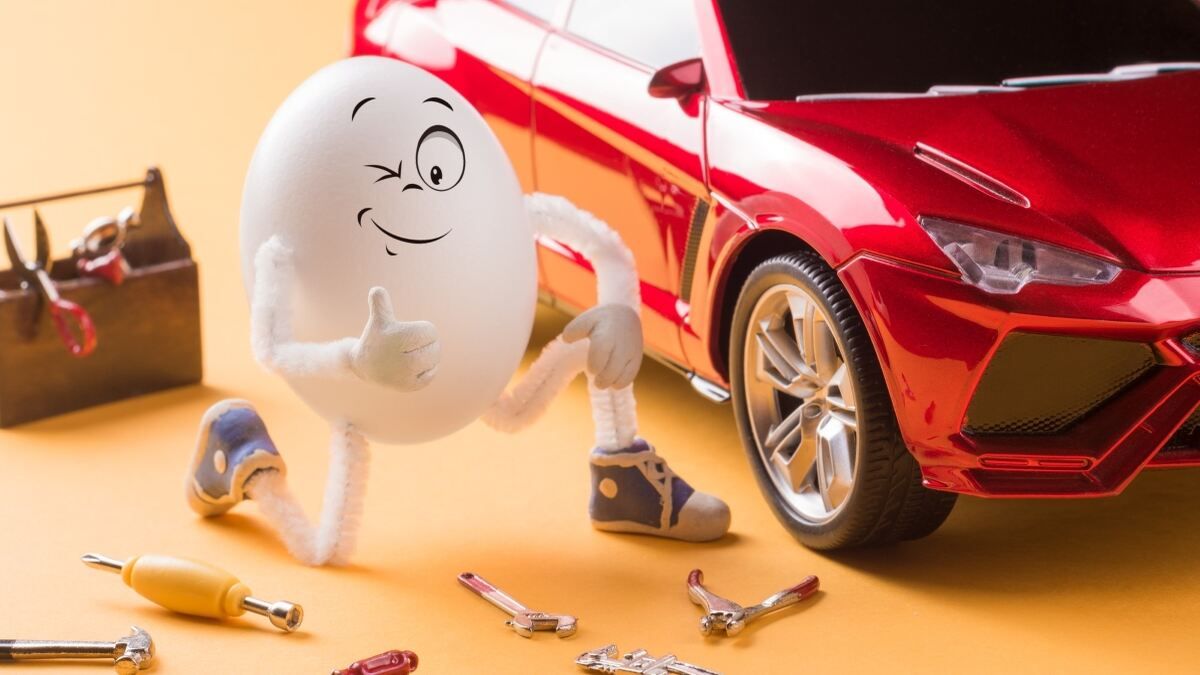Previously we’ve learned that mechanic-in-a-can leak stopping products should be avoided or used only in an emergency and how they are the bane of used car shoppers who unwittingly buy a used car from a dealer who is hiding a used car’s problems.
Today, however, we will learn about why some users of leak stop products swear that they work for them whereas for others it results in failure. But first let’s take a look at the most common use for mechanic-in-a-can leak stop products: blown head gaskets
Blown Head Gasket Sealants
Head gasket sealers are products designed to repair leaks in the head gasket of an internal combustion engine. The head gasket is a crucial component that seals the cylinder head to the engine block and ensures that the combustion process is contained within the cylinders. When a head gasket fails, it can result in coolant and oil leaks, reduced engine performance, and potential damage to the engine.
One example are some models of Toyota's Prius that are known to have leaking head gasket problems.
Head gasket sealers typically come in liquid form and are added to the radiator after it is drained of coolant; or, in some cases directly to the engine coolant. These products contain chemicals that are designed to react with the heat of the engine and form a seal over small leaks in the head gasket. It's important to note that head gasket sealers are generally considered a temporary fix and are not suitable for all types of head gasket failures.
Important Points to Consider When Using Head Gasket Sealers:
- Temporary Solution: Head gasket sealers are not a permanent solution, and their effectiveness can vary depending on the extent of the damage to the gasket.
- Follow Instructions: It's crucial to carefully follow the manufacturer's instructions for the specific product you are using. Different sealers may have different application procedures.
- Engine Compatibility: Ensure that the head gasket sealer is compatible with the type of engine and coolant system in your vehicle. Some products may be better suited for specific engine types or coolant formulations.
- Coolant System Flushing: After using a head gasket sealer, it's often recommended to flush the coolant system to remove any residual product. This is important if you eventually decide to replace the head gasket with a more permanent solution.
- Professional Advice: If you are not familiar with automotive repairs, it's advisable to seek professional advice before using a head gasket sealer. In some cases, a mechanic may recommend alternative solutions or a full head gasket replacement.
The Leak Stopping Action of Sodium Silicate
While head gasket sealers can provide a temporary fix for minor leaks, it's important to address the underlying issue causing the gasket failure for a more reliable and lasting repair; and, understand the basics of the active ingredient that is used in gasket sealers.
That active ingredient is commonly listed as “sodium silicate” or more colloquially as “water glass.”
According to the Encyclopedia Britannica:
“Water glass, a compound containing sodium oxide (Na2O) and silica (silicon dioxide, SiO2) that forms a glassy solid with the very useful property of being soluble in water. Water glass is sold as solid lumps or powders or as a clear, syrupy liquid. It is used as a convenient source of sodium for many industrial products, as a builder in laundry detergents, as a binder and adhesive, as a flocculant in water-treatment plants, and in many other applications.”
Hence the name “sodium silicate.”
So, what does this have to do with preserving eggs? Back in the day, in order to have plenty of eggs available in the fall and winter months, farmers used a water glassing technique to essentially seal off the shell which would preserve them anywhere from 12 months to 2 years. Sealing the shells prevented the eggs from desiccating by losing moisture through the shell as well as preventing bacteria from entering and spoiling the egg.
Today, there are other methods to preserving eggs that work as well.
An Aside Worth Mentioning…Just This Once
Just in case you’ve heard some mention of cracking an egg and dropping the egg white into a leaking radiator, the famous Car Talk brothers duo had this to say about the practice: “It's a legitimate last-ditch potential solution for a leaky radiator, Leslie. But I would emphasize "last-ditch" and "potential." It's something you might try on one of my brother's heaps, not on a car that's in good condition.”
That said, here is an informative recent Uncle Tony’s Garage YouTube episode where the host discusses:
- The history of head gasket sealants and preserving chicken eggs.
- The active ingredient that works in sealing leaks.
- Why it matters what type of head gasket leak you have.
- The importance of following a head gasket sealer’s instruction sheet.
- The mistake some users of the product make.
- Whether it really works or not.
Labels Can Lie---Miracle Head Gasket Fixes---How They Work, When They MIGHT Work, When They Can't
For additional articles related to blown head gaskets, here are a few for your consideration:
- Head Gasket Sealer Test Results After a Two-Year Test
- Avoid Getting Scammed with This Blown Head Gasket Tutorial for Non-Mechanics
- Easy Solution to a Common Toyota Hybrid Engine Problem That is Also a Scam
Timothy Boyer is an automotive reporter based in Cincinnati. Experienced with early car restorations, he regularly restores older vehicles with engine modifications for improved performance. Follow Tim on “Zen and the Art of DIY Car Repair” website, the Zen Mechanic blog and on Twitter at @TimBoyerWrites and Facebook for daily news and topics related to new and used cars and trucks.
COMING UP NEXT: Toyota Tacoma Parts Advice for Older Tacoma’s
Image source: Deposit Photos





